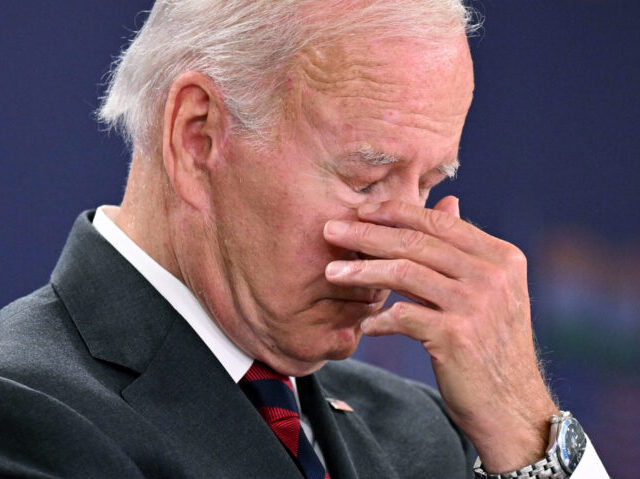The U.S. economy suffered a sharp downturn in July, led by a crash in service sector activity and a decline in manufacturing production, a survey of purchasing managers showed Friday.
The “flash” U.S. PMI Composite Output Index, compiled by S&P Global, plunged to 47.5 in July from 52.3 in June. The index of business activity in the services sector, which accounts for nearly 80 percent of U.S. economic output, crashed to 47 from 52.7. The manufacturing output index fell to 49.9 from 50, while the overall manufacturing index dropped to 52.3 from 52.7.
Readings on the indexes above 50 indicate expansion, while those below 50 indicate a contraction compared with the previous month.
The index readings were much worse than expected. Economists had expected all the indexes to remain in expansion territory. The steep drop in services sector activity, in particular, came as a surprise, as forecasters thought there would only be a mild leveling off due to pressure from the highest inflation in four decades.
“The preliminary PMI data for July point to a worrying deterioration in the economy,” said S&P Global Market Intelligence chief business economist Chris Williamson. “Excluding the pandemic lockdown months, output is falling at a rate not seen since 2009 and the global financial crisis, with the survey data indicative of GDP falling at an annualised rate of approximately one percent.”
Williamson noted that growth in manufacturing has stalled and the recovery in the services sector has gone into reverse. The “tailwind from pent-up demand has been overcome by the rising cost of living, higher interest rates and gloom about the economic outlook,” Williamson said.
The decrease in the manufacturing indexes resulted from a fall in new order inflows and production levels remaining unchanged. Total sales and new export orders fell at the sharpies rates since the initial stages of the pandemic two years ago.
In services, client demand was “subdued” and growing inflationary concerns dragged down expectations. Service providers signaled the lowest degrees of confidence in the outlook for output since September 2020.
Input prices for services providers rose markedly in July, although at the slowest pace since January. Firms noted an uptick in wage expenses and greater costs for materials and fuel.
The pace of cost inflation for manufacturers, on the other hand, was among the fastest on record thanks to greater energy, fuel, transportation, and materials prices. manufacturers passed costs on to customers, pushing up prices of factory products. Nonetheless, selling prices increased at the slowest pace since February.
“Although supply constraints remained problematic, constraining economic activity, the weakening demand environment has helped alleviate inflationary pressures,” Williamson said.
Williamson said that while the rate of inflation is still running high by historical standard it has fallen to a 16-month low, which he described as “much needed good news amid the ongoing cost of living crisis.”
Business confidence declined in July as inflationary and recession concerns weighed on optimism and demand conditions were muted.
The PMI indexes are based on surveys of purchasing managers at businesses, a group of executives thought to have broad insight into business conditions.

COMMENTS
Please let us know if you're having issues with commenting.